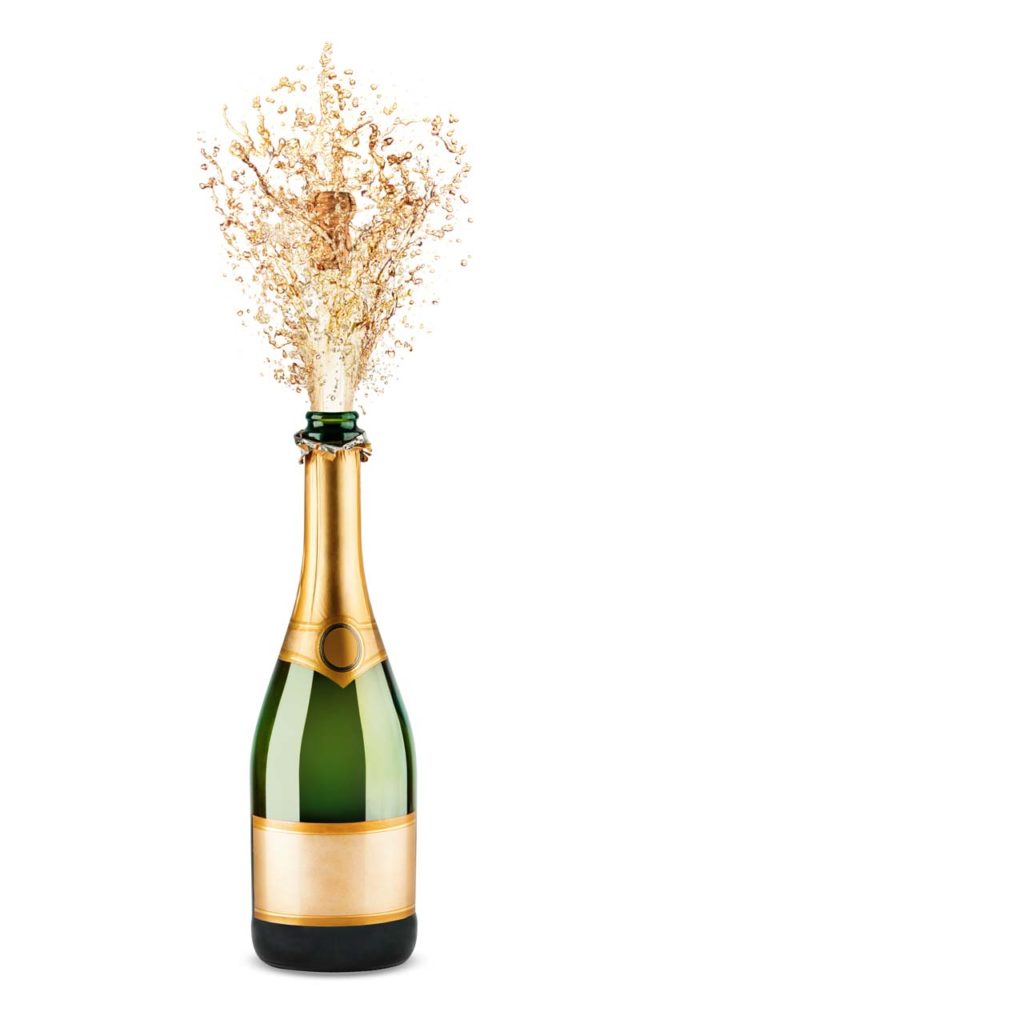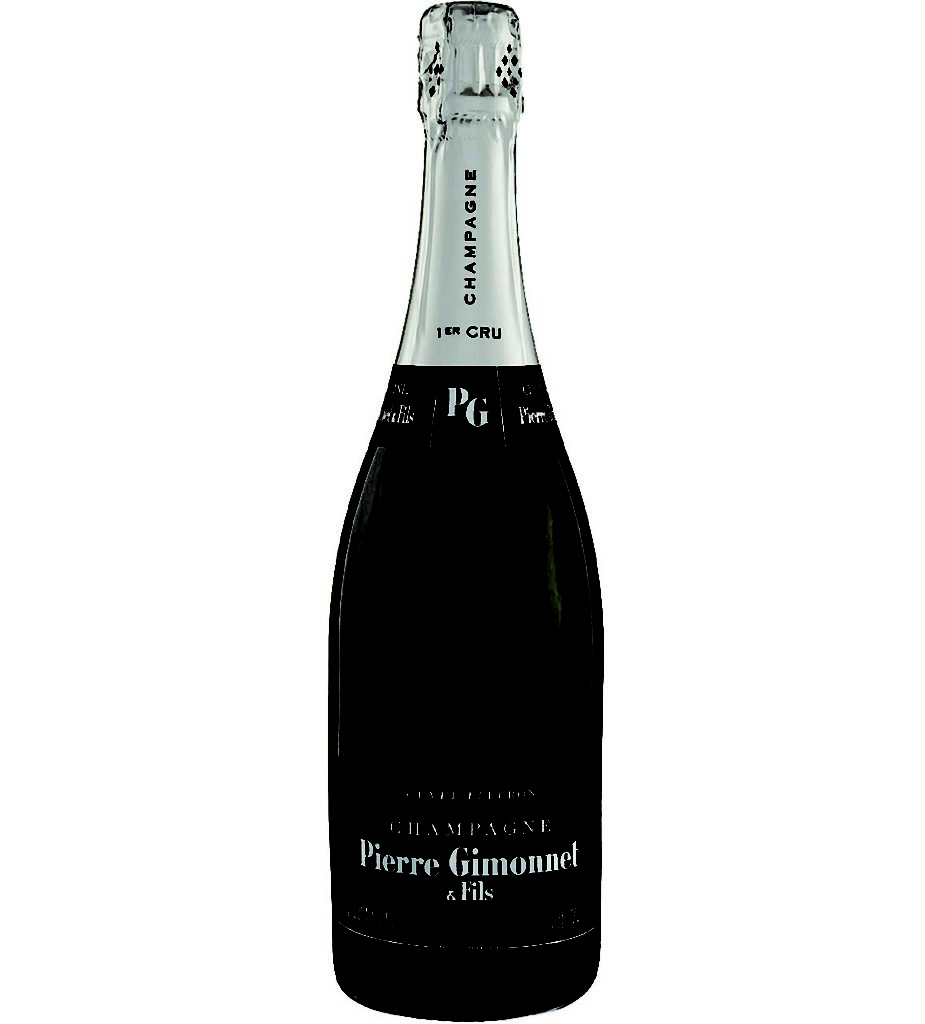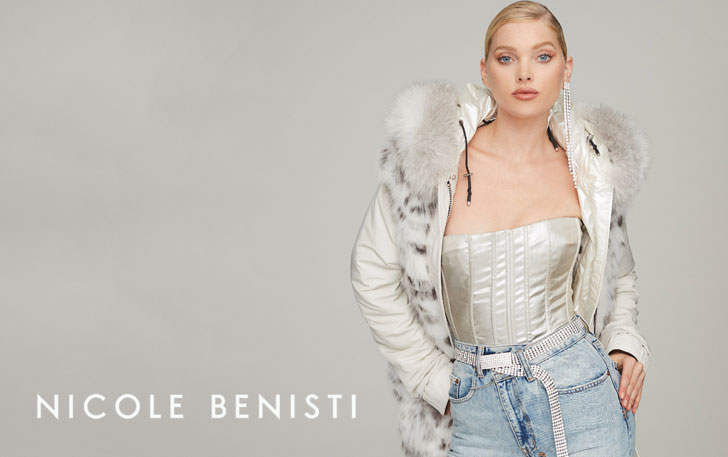The letter of Champagne law, small producers of note, and how to find your desired dryness
By Tali Dalbaha
When small is Grande

You’ve doubtless heard of mega makers Moët, Veuve Clicquot, and Bollinger, but don’t overlook the smaller producers ones that apply passion in often fascinating ways. (Small vineyard owners who make their own Champagne, but don’t have the budget for big marketing, have to make themselves noticed in different ways.) They actually pay attention to all the fi ne details, and we call them “Grower Champagne,” or as is stated on the label, “RM,” for “Récoltant Manipulant.” RM wineries also have the option of being members of the Club Trésors de Chapmagne, which, among other characteristics, means that their product comes from the top cuvée of each house. RN Champagne usually gives better value for the quality, and great complexity, and growers like Frere jean (that makes lovely Champagne from a Premier Cru site) is an amazing $29.99. Other smaller producers to keep track of are Georges Laval and Pierre Gimonnet.
ALL IN THE DETAILS
How Champagne is made is simple on paper, but in reality deeply complex. Its process of adding sugar to a finished wine to create a second fermentation and also bubbles is thousands of years old, but monk and cellar master Dom Pérignon helped make it into art starting in 1668. In order to be referred to as Champagne (with a capital “C”), there are a number of hoops that must be jumped through, not least that it be made in the Champagne region of France. There are seven varietals of grapes allowed in production Pinot Noir, Chardonnay, Pinot Meunier, Pinot Blanc, Pinot Gris, Arbane, and Petit Meslier. Harvest is allowed only when the Bureau du Champagne decides that grapes are mature enough, with the right acidy and sugar levels. There are two fermentation processes; the first makes what is referred to as “base wine,” the second is when sugar and yeast are added into the bottle and a second fermentation takes place, a process also called the addition of “liqueur de tirage.”

Most true Champagne is “NV,” short for “non vintage,” or as sommeliers like to put it, “multi vintage. The base wine is kept for many years and the cellar master will blend from multiple vintages to create complexity. Krug Grande Cuvée Champagne, for example, is a multi vintage wine with over 15 years’ worth of base wine. It’s impressive, with a price ($150) to match. Many styles of Champagne have been created, such as Blanc de Blancs, which is made from 100% white grapes (most likely Chardonnay), and a good example is Champagne Doyard. It makes Blanc de Blancs exclusively from Chardonnay, with long aging qualities and a price of $39.99.
Blanc de Noirs is another style, made with 100% red grapes, though it’s not a rosé (interestingly, pressing the juice but not having grape skin contact will allow it to stay clear), and these are most likely made out of Pinot Noir and Pinot Meunier. One example is the famed Champagne Concordance from Marie Courtin, made from 100% Pinot Noir in a clear pale gold color and with notes of cranberry and blood orange, but it won’t be easy to guess this was made exclusively from Pinot Noir ($99.99).
Rosé Champagne is different from other rosés in that Champagne is the only region that allows the producer to blend red wine (mostly 20%) with white wine. In other regions in the world, that’s forbidden, and color will come from grape skin contact only. Ruin art was the first Rosé Champagne ever made (in 1764), and it’s a steal at $69.99.

Super Buy Rite Wine & Liquor
575 Manila Avenue, Jersey City, buyritewines.com
